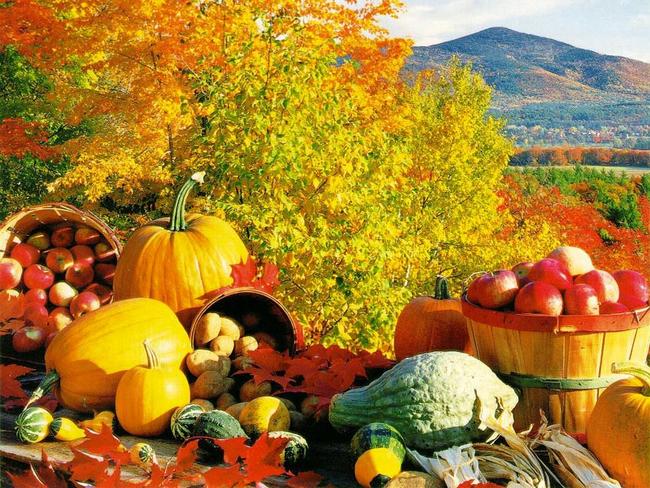Every season has a peculiar charm. Apart from the change in climate, the flora and fauna also changes accordingly. In summers, we can gorge on mouth watering melons, water-melons, cucumber, sugarcane and many other special fruits and vegetables. Organic food such as fruits and vegetables intake is recommended and encouraged by doctors all over the world, owing to their high nutritional value and several health benefits. Every fall provides us with a range of power packed food and seasonal goodies, but there are some varieties that go unnoticed, despite their health benefits. So instead of missing out on these rich foods, it’s best to know their benefits and ensure that they are consumed in the season. We list here six most healthy fall foods for you.
1. Rutabagas
Rutabaga, a cross between cabbage and turnip is one of the healthiest vegetables. It is high on fiber and provides essential vitamin C. A regular intake of Rutabaga twice in a week helps fight cardiovascular related diseases and fortifies the immune system. This vegetable can be mixed with different vegetables for intake both raw as well as cooked. If you mix it with sweet potatoes, squash for delicious pairing with fish or chicken. Rutabaga is also known as the cousin of turnip and is used as its substitute, however, it takes a bit longer to cook than turnip.
2. Kale
Kale is a green vegetable that is known for its high nutritious value. A rich source of calcium, fiber, vitamin C & K and sulforaphane, Kale is widely used for medicinal and clinical research owing to its anti-cancer properties. It is little bitter in taste when cooked but the bitterness can be easily offset with proper seasoning. Some people also like to have it raw in sandwiches as fillings or green salad. One can also sauté it with garlic and olive oil and serve it as a side dish. Three prominent species of Kale which is a close relative of mustard are Red Russian, Dwarf Blue Curled Vates and Winterbor.
3. Dates
In ancient times, dates, the only naturally dehydrated fruit were offered in a bowl after meal as desserts. Some people also used to eat dates along with tea or coffee as sweetener to complement the drink. Dates are free from fats, cholesterol, sodium and rich source of fiber. Those suffering from heart disease must maintain a regular intake of dates. It is filled with essential minerals that together lower the blood pressure naturally. The best thing about dates is their longer shelf life without any refrigeration requirement.
4. Beets
Beets are acclaimed for its multi-utility and high nutritious value. It is taken raw as a fruit or squeezed for juice. One can also peel it and boil it to make vegetable. In many places people use Beets to make wine. Beets are considered of great medicinal utility and also provide several health benefits. It has nutrients that make it good for eyes, anti-inflammatory, antioxidant and purify blood. One must cook Beets lightly to retain its nutritional value.
5. Watercress
Eating vegetables and fruits not only provides essential minerals and vitamins to our body but also help us fight several diseases. Watercress is one of such vegetables that are recommended by doctors to fight breast cancer. Being a rich source of vitamins, iron, calcium, magnesium, manganese, zinc and potassium, this vegetable is termed as a power diet especially for women. However, in several regions Watercress is regarded as a weed.
6. Wild Rice
Three species of Wild rice are cultivated in North America. The stems of wild rice are also used as vegetables in several countries especially in China. This rice is rich in protein but low in fat unlike brown and other types of rice. It adds phosphorus, iron, potassium and magnesium to ones diet. Wild rice takes a bit longer to cook but should be cooked properly to retain its nutritional value completely.




